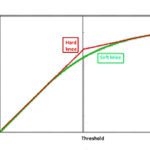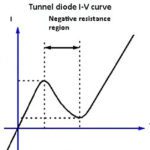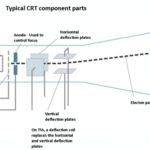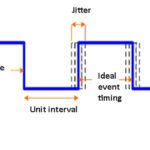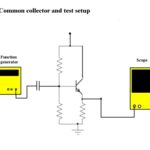The object of signal compression is to facilitate transmission, reception, processing, and the use of great amounts of data while conserving valuable storage space and transmission resources. Data compression is obviously a good approach provided that it doesn’t incur an unacceptable amount of information loss. It was once widely assumed that detail or information, once […]
basics
Negative resistance: meaning and measurement
It is a fact, verified in theory and by experiment, that no material can conduct electric current with greater efficiency than an ideal conductor having zero resistance. How, then, can the term “negative resistance” have meaning in the real world? First, it is possible to get negative resistance readings on a DVM. If this happens, they […]
Measuring with spectrum analyzers
Modern bench-type and even hand-held oscilloscopes have spectrum analysis capability, providing great added versatility. They can view in rapid succession (or even simultaneously in split-screen format in a mixed-domain instrument) time domain and frequency domain displays of the same signal. Fourier theory tells us that any signal or function in the time domain can be […]
Basics of measuring antenna properties
An antenna is simply a conductor or conductor array, usually metal. But how it is situated and terminated that determines its behavior in transmitting and/or receiving electromagnetic radiation. Let’s start with an antenna that is configured to transmit. An oscillating voltage applied at a terminal will cause current to flow through the antenna. A transmitting […]
Cathode ray tube testing using an oscilloscope
The cathode ray tube (CRT) is what made possible TVs, computer monitors, and oscilloscopes as we know them. CRTs have largely been replaced by flat-screen technologies but CRTs still serve in niche applications. For example, some kinds of military needs still require a CRT display. General-purpose CRTs are no longer manufactured in the U.S., but […]
Measuring oscillator jitter
In digital electronics, jitter is a particularly insidious form of noise, to be understood, measured and where possible mitigated. Jitter is short-term, generally considered less that one second, deviation from the design intent. It consists of timing fluctuation in periods or transitions within cycles. An eye diagram tells the whole story. While vertical closing of […]
Measuring active and passive filters
The usual rationale for a filter in electronic circuitry is to reject unwanted portions of a spectrum or at least reduce their amplitudes to acceptable levels without attenuating the desired frequency or range of frequencies. In some situations, active filters are needed to perform this function, and often they are less expensive than alternate solutions […]
Measuring Ebers-Moll model parameters in transistors
If transistor circuits are to be of any use or amenable to diagnostic procedures, we must be able to model them. Even the best electronic test equipment is useless if we don’t know what to look for in the circuits under investigation. Transistors characteristically have multiple modes of conduction. We can view these phenomena in […]
Measuring emitter followers and other transistor configurations
There are three bipolar junction transistor amplifier topologies: common emitter, common base and common collector. (For field-effect transistors, the analogous circuit configurations are common source, common gate and common drain. In the old world of vacuum tubes, they were common cathode, common grid and common plate.) This particular classification derives from the external circuit configuration. […]
Thevenin and Norton help interpret measurement results
Engineers are often tasked with making sense of what initially looks like a tangle of wires, electrical energy sources, and components. Before attacking such situations with scope probes, it’s good to recall a few basics. Thévenin’s Theorem states it is possible to simplify any linear circuit to a single equivalent circuit composed of a single […]
